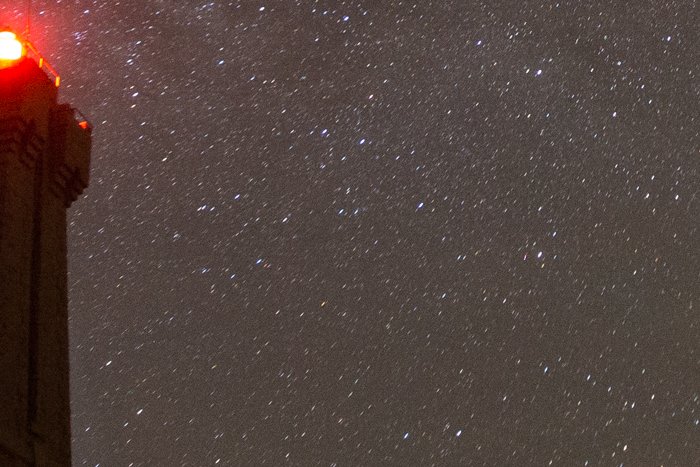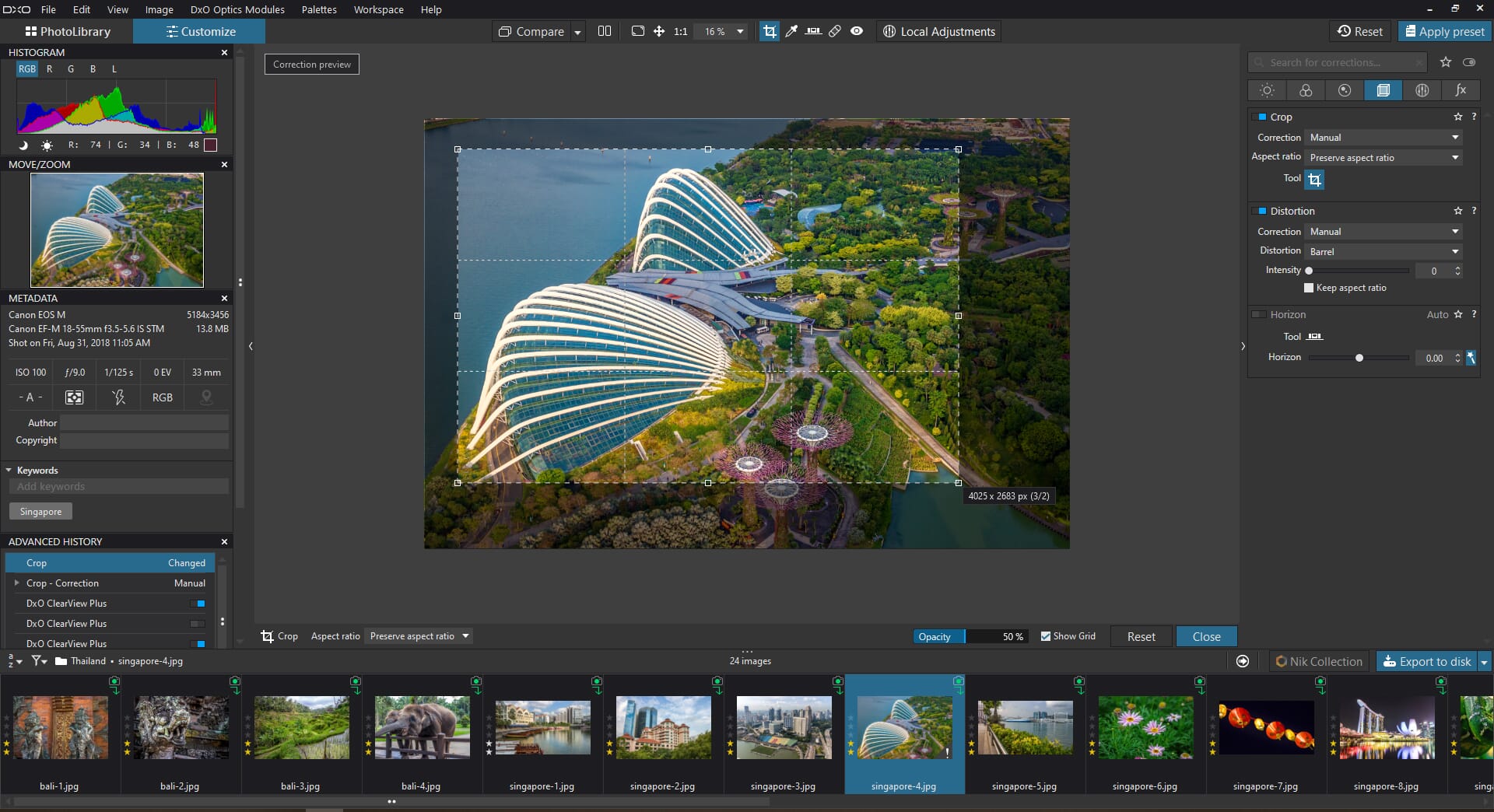

#Dxo photolab 4 vs 5 mac#
That means that after selecting the best photos I let the PureRAW run the batch (of 100 photos or more) in Mac Mini during the night or during the day time when I can work in Mac Air on the other catalog. The PureRAW is a batch processing program.
#Dxo photolab 4 vs 5 Pc#
I expect that LR on Microsoft PC will open my Catalogs as well becasue of NTFS format of the disk and I can take my work "with me" so to say. It gives me a possibility to work parallel on two catalogs at least becasue I have a Mac Air and Mac Mini. For example, after a big shooting somewhere in national park or in Africa I keep the Africa-trip in a separate catalog with the photos on external hard disk formated as NTFS. I have my LR Catalogs on external drives along with photos classified on years or themes. I have PureRAW fully integrated in my Workflow just in the beginning of processing after the culling of bad pictures. But you can denoise your photos faster in PureRAW becasue it has a batch processing. My partner works with DXO PL and made the tests of de-noising the same photos on both applications.

I think, PureRAW and DXO PL have the same engine for de-noising and corrections.
#Dxo photolab 4 vs 5 iso#
Very close crop - almost to pixel resolution:Ĭanon M6ii, EF-M 22mm f2 lens at f2, 1/160s, exposed at ISO 6400, pushed to ISO 10,000 in post, little cropping, only cropped to 16:9:Ĭanon M50ii, EF-M 22mm f2, 1/125s, exposed at ISO 6400, pushed to ISO 20,000:Ĭanon M6ii, Canon EF-S 55-250 IS STM, 127mm, f7.1, 1/100s, exposed at ISO 6400, pushed to ISO 40,000., I use PureRAW a long time already. All downsampled to 2160 pixels high, all shot RAW (not CRAW, which introduces additional lossy shadow noise artifacts that PL can't always correct well).Ĭanon M50ii, EF-M 22mm f2 at f2, 1/125s, exposed at ISO 500, pushed to ISO 2500 in post. Here are some of my recent images, processed in DxO PL and Canon DPP 4. DPP doesn't have the powerful masking tools DxO has, so the DPP images weren't masked.įor the DPP images, I found that Noise Reduction 'Luminance' between 14-16, and Chrominance set between 7-8, yielded the best compromise between noise and detail, and the most pleasing results (not that the DPP results are particularly pleasing!) DPP's unsharp mask was set to soften the images slightly, and contrast was not pushed very high. all the images below are pushed beyond that, so the main challenge with DPP was to control excessive noise and grain - to reach a compromise that showed some detail without massive amounts of grain, and avoiding the 'watercolor effect' that washes out detail with overly aggressive DPP noise reduction. Deep Prime easily handles the 'extra' graininess introduced by the aggressive processing.Īlthough Canon DPP 4's noise reduction is fairly effective up to images of about ISO 1600.

Most of the DxO-processed shots below are masked, and particular areas brought down or up in exposure - also generally they have more aggressive contrast & micro-contrast applied, and very aggressive sharpening applied. After using DxO PhotoLab for 3 months, I thought it'd be interesting to dust off Canon DPP 4 and see how it compares processing high ISO images vs DxO PhotoLab.


 0 kommentar(er)
0 kommentar(er)
